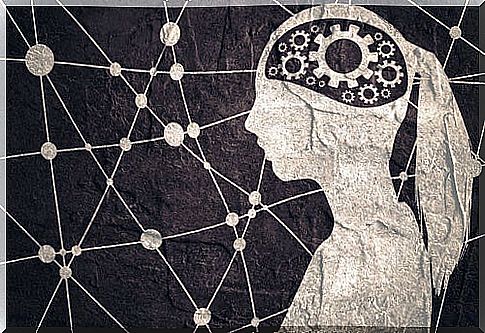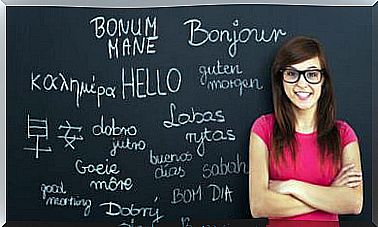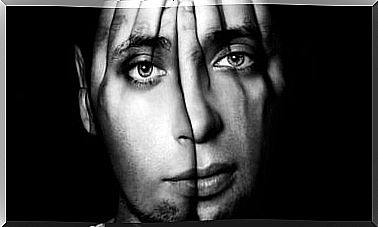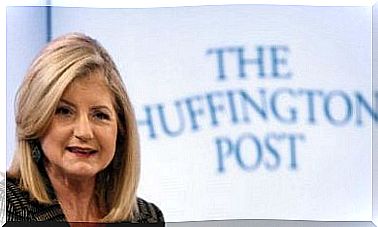M. Mahoney’s SCIENCE Program

The goal of problem-solving training is to teach the person to observe, analyze, and evaluate possible options in the face of a dilemma. This assessment is intended to exclude the anxiety and stress that often characterize the management of matters important to the individual.
The SCIENCE program by M. Mahoney, ascribed to the constructivist trend in Psychology, is within the protocols that help the person to be skillful at the time of analyzing, locating problems and solving them by changing aspects such as behavior or thoughts.
Constructivism begins with authors like Piaget, with his genetic epistemology, whose objective was the search for the origin of human cognitions. Its basis is to consider the person as an active agent – not a passive or “patient” – of the acquisition of skills and knowledge and a perpetrator of change. This means that the human being is not simply a sum of random conditions over which he does not have any kind of power. Man builds himself, and he does so by dynamically relating to his environment.
Constructivism defends that all knowledge is made from prior knowledge. Piaget affirmed that the new is built on something old and that it usually transcends it, is completed and complemented. From the time one is a child, one gradually develops mental schemes, from which later ways of thinking, feeling and, therefore, acting are derived.
Since the schemes are built during childhood, they are self-perpetuating, skewing interpretations, such as the irrational thoughts of cognitive-behavioral models. For this reason, the person learns to act while one or another schema biases that action. Examples of schema could be considered abandonment, failure, or grandiosity.

Mahoney’s personal science
Mahoney designs his SCIENCE problem-solving program from constructivism. It defends that each individual has a personal way of building that is related in a coherent way with their identity, with their “I”. Therefore, this way of building seems to be maintained over time thanks to structures formed in the past and which continue to be active.
That’s why Mahoney calls this program SCIENCE. It seeks that the human being is a personal scientist of his own conflictive behavior, or that at least at that moment it is entangled, so that at the end of the process he is able to carry out the pertinent changes to achieve the resolution of the conflict.
True to its constructivist roots, the SCIENCE program requires active participation during its training and application, as it leaves emotional management, self-control and self-regulation in the hands of the person. It is your responsibility to engage and govern the direction of your reactions.
SCIENCE protocol: acronyms and order of application
Mahoney presents his program relating each acronym of the word “science” – “science” in Spanish – with the guidelines to follow for optimal problem solving. Those acronyms correspond to:
- Specify (S) : specify. Locate in a general way what is the problem you want to solve. This can be found as a result of strong emotional reactions, anxious thoughts, consequences in behavior … This is to define the stressor.
- Collect (C) : collect. Before looking for solutions, or even making an unwise and counterproductive decision, seek information. It is common not to know what is happening, not to understand why reality meets expectations or to make a mistake when defining the problem to be solved. For this reason, special emphasis is placed on personal science, on knowing each other and establishing what is not going well. This could be achieved through positive psychology exercises focused on the design of schemes or action plans, paying special attention to the distorting thoughts that may arise.
- Identify (I) : identify. Through techniques such as the functional analysis of cognitive-behavioral models, it is possible to identify the causes from which it is assumed that the problem in question may arise. This makes it possible to study the dispositional factors of the person, environmental factors of the environment, protection, risk. ..
- Examinate (E) : examine. With all the information, a solution is sought that reduces the distance between what “should be” and what “is”. These solutions are intended not only to adapt to the nature of the problem, but also to the way of being and identity of the person. For this reason, the previous work on the schematics and the search for information are so important. Different solutions can be considered and put into practice. The error does not penalize because we are talking about personal science, and any action is understood as an opportunity for growth.
- Narrow (N) : delimit. In the same way, in the search for our personal science, Mahoney proposes to put into practice the solution taken as a trial or experiment. If that does not work, another will be sought. You want the person to experience.
- Compare (C) : compare. Once that solution has been put into practice, you want the individual to observe their baseline – the point where they started, which would be the moment they had the problem – and compare it with the current moment, to decide if that solution is valid. You do not have to have solved the problem but you do have to improve or change it.
- Extend (E) : generalize. In this last step, Mahoney proposes to review that solution, modify it or replace it if the comparison is not positive. If the solution if it had effectively solved the aforementioned problem, the ideal would be to generalize it for later application in similar problems.

In this way, the individual will have a range of problem solving adapted to their schemes, their learning history and trial and error within their own experience, and will not be guided by generalized and standardized remedies.
The modeling, the reinforcement of processes according to the approximations or the gradual completion of tasks or the acquisition of self-assessment skills would be complementary strategies that would increase our ability to solve problems.








